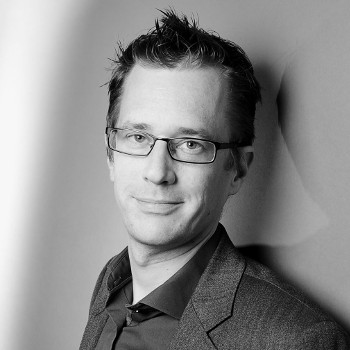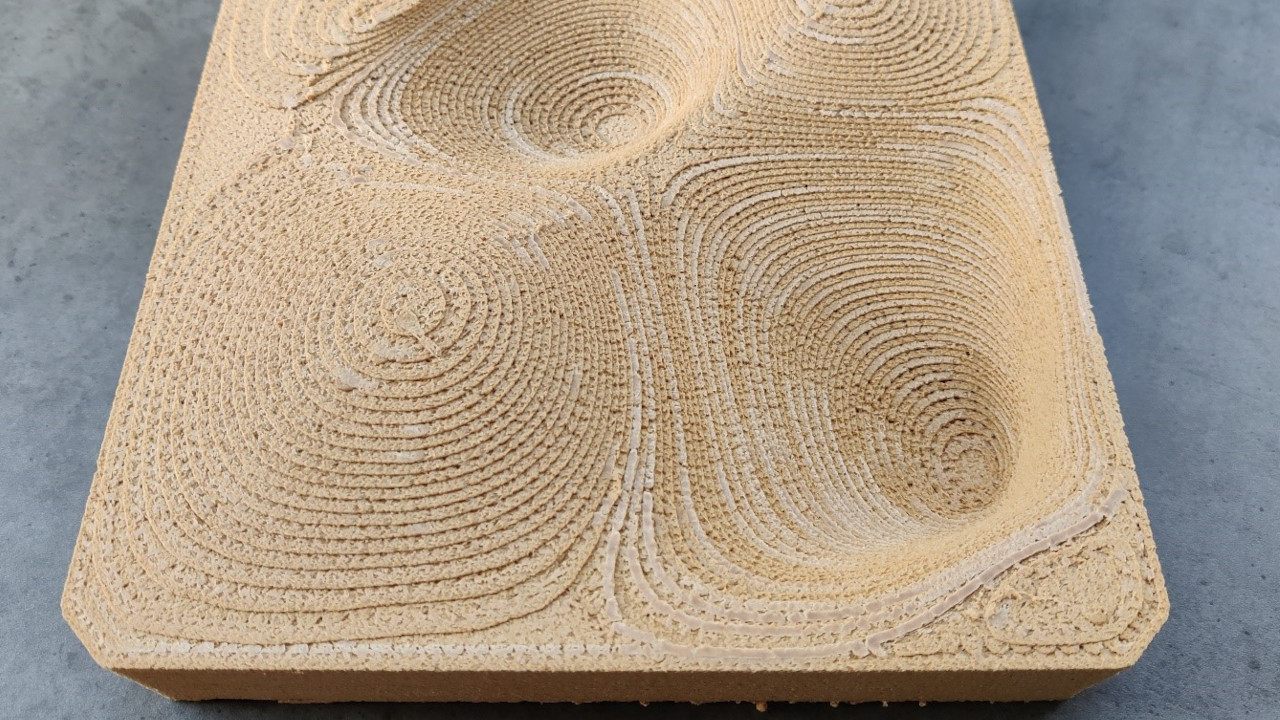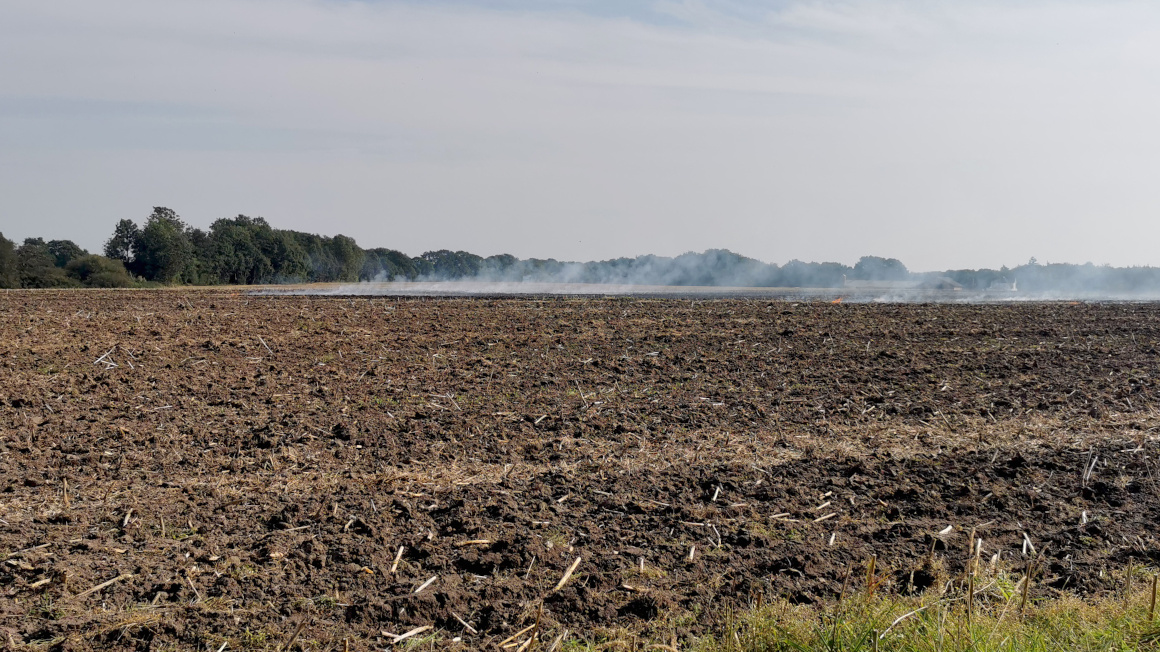Making disposable nappies compostable
Dominic FranckProfession:
Chemist
Position:
CEO of the Fairwindel company in Mühlenbeck

Profession:
Chemist
Position:
CEO of the Fairwindel company in Mühlenbeck

Chemist and Fairwindel founder Dominic Franck has found a way of manufacturing babies' nappies largely out of renewable raw materials.
Nappies of renewable raw materials that are completely biodegradable: That is the aim that Dominik Franck is pursuing with his 'Fairwindel' company. 'Inspired' by his daughter's mountain of nappies, the chemist has developed a new type of nappy partly consisting of potato starch and maize. The 'Fairwindel' company, managed by Franck together with his wife in Mühlenbeck near Berlin, was commended in 2015 as a sustainability startup.
What contribution can your company make towards generating a bio-based economy?
Disposable nappies consist mainly of mineral-oil based materials such as the leak protection cover and the superabsorbers that hold back the liquid. We substitute these substances with renewable materials, and that helps the environment and saves resources. So the absorber material is made of modified potato starch, and the absorbent core contains cellulose from acceptable, FSC-certified forests. The core is also completely free of chlorine ('TCF'). On the other hand, the external leak-protection layer of the nappy consists of maize biofilm. This has the added advantage that we can provide a hypoallergenic nappy for babies with very sensitive skin. Furthermore, we are doing research aimed at improving the capacity of the absorbent core and finding a composting solution for returning the raw materials to nature.
How did you come up with the idea of making nappies out of starch?
It all started when we saw how our rubbish bin was full of nappies: There must be some better way of doing this – more sustainable and ecological. I started to analyse the nappies from a scientific point of view, to find out what the individual components are. What really caught my attention as a scientist was the absorbent core. I remembered an experiment at university that had to do with sustainable raw materials and I experimented in the kitchen with the kids. That was when Fairwindel was born.
What was or is the biggest challenge to be faced?
It was all the many minor challenges. For instance, the absorptive gel in the nappy machine behaved in a different way to what we expected. So the substance had to be improved further. Then a change in the management of our nappy manufacturing company meant that it was no longer available as a supplier; we had to find another. On top of that, delays in the supply of raw materials led to a delay in deliveries. Broadly speaking, the interdependencies between the individual aspects of the overall process, from planning to procurement to production, represent a challenge in themselves.
What do you personally find most intriguing about this topic?
I can channel my scientific and entrepreneurial knowledge into producing a sustainable product that has not been available hitherto. That means I'm contributing to a better world. Because we want to leave an intact and improved world to our children and our children's children.
What are your next targets?
We will optimize Fairwindel and replace other components with renewable materials. In that respect, the further development of and research into the renewable absorptive gel play a major role. We make the impossible possible.
Interview: Beatrix Boldt


